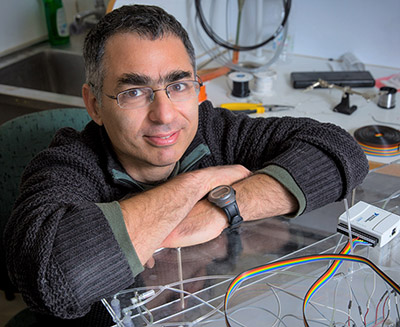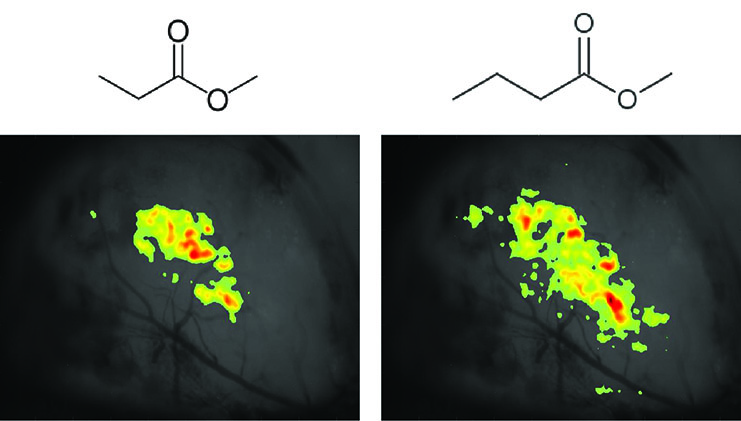
Most of what we know about how the brain processes external information is based on experiments in which simple isolated sensory stimuli are presented to animal subjects while recording the corresponding neural activity in the brain. However, in natural environments stimuli from many sources are simultaneously present and arrive as a mixed signal to the sensory organs. A major challenge for the brain is to de-mix the signal - i.e., to identify the sources that contributed to the mixed signal.
During my postdoc in the lab of Venkatesh Murthy at Harvard University, I started studying how the brain processes odor mixtures to support de-mixing of odor objects. We combined cutting edge techniques (behavioral, electrophysiology, imaging), and computational analysis to quantify behavioral ability in mice and propose possible mechanisms for how the brain may detect and identify a target odor embedded in varying and dynamic background mixtures – a task we called “the olfactory cocktail party problem”.
These studies led to three publications in Nature Neuroscience and Neuron. In my lab we are now aiming to provide a full mechanistic explanation of how the brain processes odor mixtures to extract behaviorally meaningful information.

The sensory representations of 2 odorants as measured using in vivo Ca++ imaging. The figure shows the spread of activation over the olfactory bulb surface

